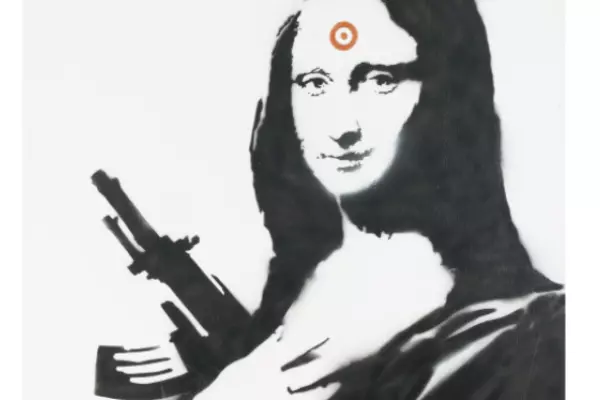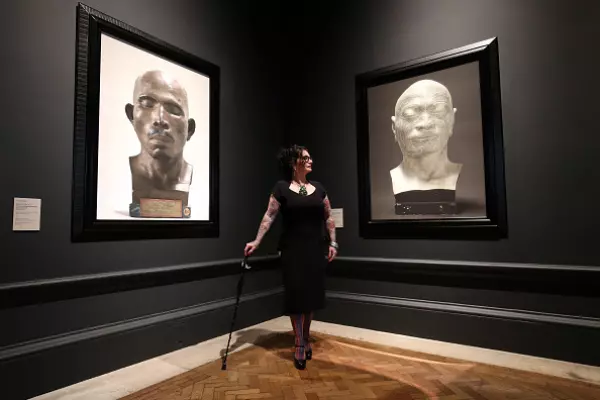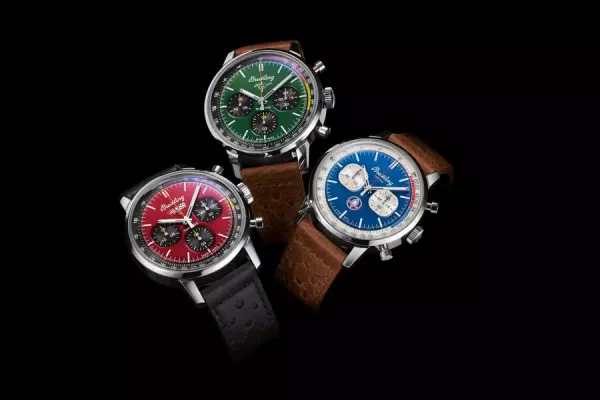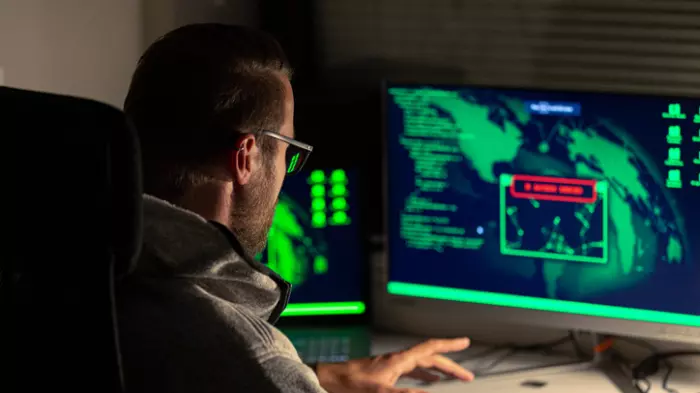The market for “NFT” artworks has exploded into the mainstream in 2021 since Beeple’s Everydays – The First 5000 Days was sold at Christie’s in a single-lot online auction for US$69 million in March. This price propelled Beeple (real name Michael Joseph Winkelmann) and NFTs – “non-fungible tokens” – to worldwide stardom and the sale price became the fourth highest paid for an artwork by a living artist.
NFTs are digital artworks. They can be a moving image like a GIF or a static image like a JPEG. They live on a blockchain and this technology allows them to be publicly authenticated as one of a kind, unlike traditional online objects which can be reproduced over and over again. “Buyers typically get limited rights to display the digital artwork they represent,” tech website The Verge has explained, “but in many ways, they’re just buying bragging rights and an asset they may be able to resell later.”
So, what prompted Christie’s, an illustrious auction house with a 255-year history of selling some of the world’s most famous and expensive artworks, to dabble in NFTs? Until this point, these works had been sold through such websites as Nifty Gateway to an audience of cryptocurrency traders and enthusiasts rather than regular art collectors.
Beeple made an initial drop of NFT artworks in October 2020, but before this, he’d been a creator only, making an image a day based on political and social commentary laced with pop culture. He’d amassed a huge following on Instagram – more than two million followers – and in the sale last October, a pair of his images sold for $66,666.66 each. Two months later, his first drop of NFTs on the Nifty Gateway platform realised $3.5 million.
The sale broke the records for digital art within five minutes. Many buyers immediately resold the works at higher prices, seeing their initial investment multiply. Today, many of these works are selling for more than 1000% of their original price. “That was a real wake-up call for all of us,” said Noah Davis, a specialist in postwar and contemporary art at Christie’s, “to see such significant sums being paid.”
In February, for example, one of the NFTs that originally sold for $66,666.66 – a 10-second video artwork – was resold by Miami-based art collector Pablo Rodriguez-Fraile for $6.6 million.
Beeple’s involvement with Christie’s resulted from an approach by Davis, who pitched to him the idea of selling an NFT work through the auction house. It appealed to him. He had never previously considered himself an artist, so the validation that a sale though the famous auction house could provide was tempting.
For Christie’s, the opportunity to break into a new market and harness a fresh and diverse generation of collectors – some of whom are extremely wealthy – must have seemed like a win-win situation.
The rest, as they say, is history and the week-long auction attracted huge publicity and interest. The internet has since exploded with more artists and NFT content and more collectors who can see the opportunity to enter a market in its infancy and have the potential for real gains.
Not to be left behind in the craze, Sotheby’s quickly jumped on the NFT wagon and offered a sale of NFTs in April, a collection of works by the anonymous digital artist PAK. In total, their auction realised US$16.8 million, obviously much less than Beeple’s sale total, but an incredible result for works which hadn’t existed two weeks earlier.
More sales at Sotheby’s have followed regularly and similar top auction houses Phillips and Bonhams have since followed suit, so this category of sale looks set to stay for the foreseeable future. It doesn’t need to be the big-name creators who have huge potential, either. In doing research for this article, I came across the platform Feral File, which offers curated exhibitions of NFTs which can be paid for with a credit card using US dollars, and the data is stored on the Bitmark blockchain rather than the Etherium blockchain, which is home to most other NFTs.
These exhibitions are put together by guest curators and contain only about eight to 10 images. There are currently three exhibitions sitting on this site and each featured work is in an edition of around 75.
All of the works have a price of either US$75 or US$150. Some of the works have sold out and then some within an edition are being offered for resale at anywhere from $500 to $100,000.
The software is easy to navigate and transparent. Click through from an image to see the list of all the buyers, then who is offering the work for resale and at what price. Click another tab to see the entire sales history of the edition, when the work sold and for what price. For someone who is used to tracking art-market data for a living, I find this amount of information, covering both primary and secondary sales, being laid bare is revolutionary. It is also staggering to see the gains that some of these works have made in just a few months, and as transactions are in US dollars, it all feels like a tangible sale rather than the more complex world of cryptocurrency, which could feel more like a paper gain.
As with any massive rise, there has been a lot of speculation around the viability of NFTs and whether this is a bubble about to burst. Certainly, prices dipped in the middle of this year after the dizzying heights of the Beeple sale, but I can’t see this section of the market going anywhere. Although I personally don’t like most of the art being produced through this medium, the affordable entry point of many NFTs and the transparent nature of the data that the blockchain provides is compelling.
Would I find it so interesting if the prices weren’t going up exponentially? Possibly not, but it still provides a gateway for many more buyers to enter AN art world – not the traditional one, but one that you don’t need so much knowledge and research to understand. And if it’s supporting the artists and creators of this world, then that is a really great result.
Briar Williams is a fine-art valuer at Art Valuations NZ
Read part 1 on NFTs here












